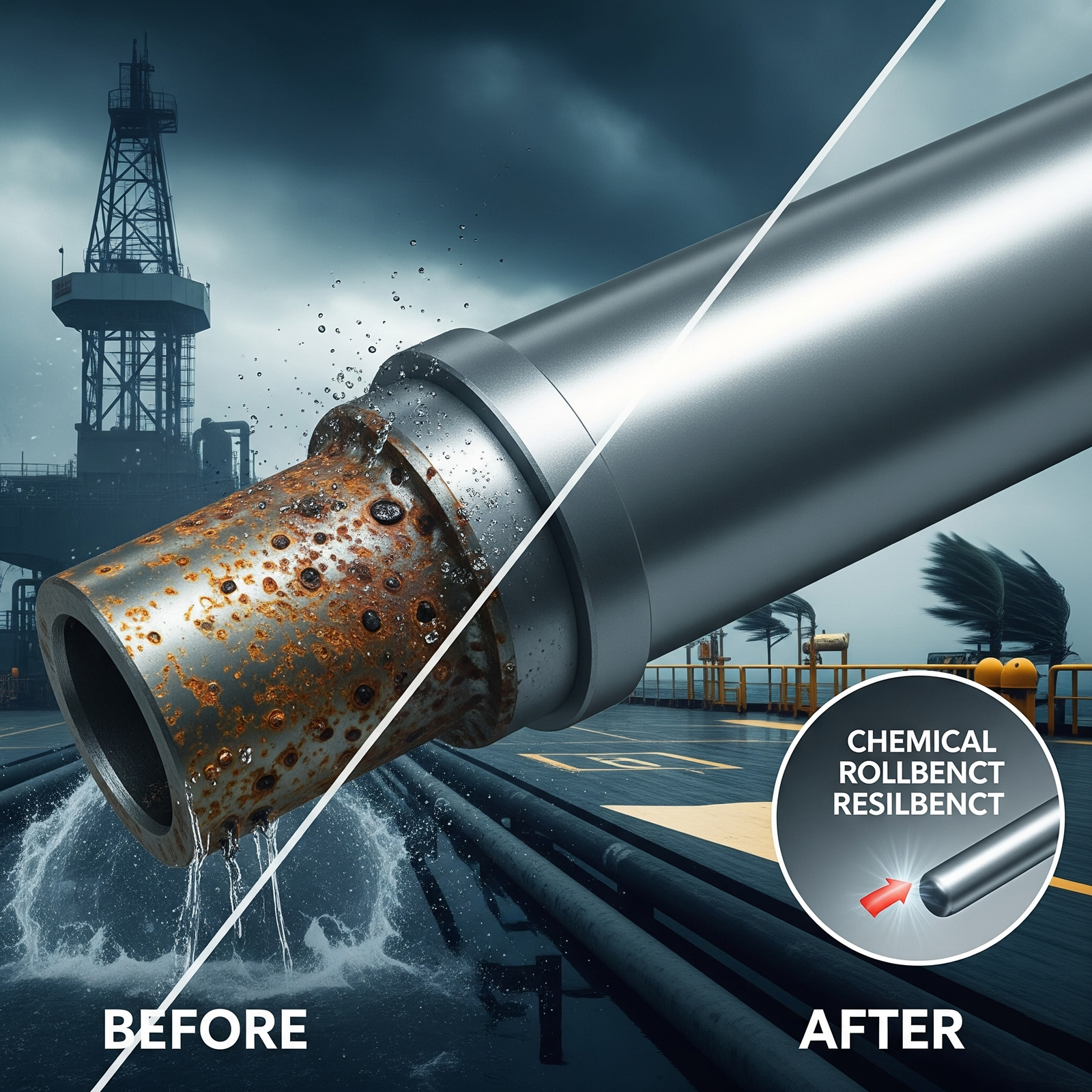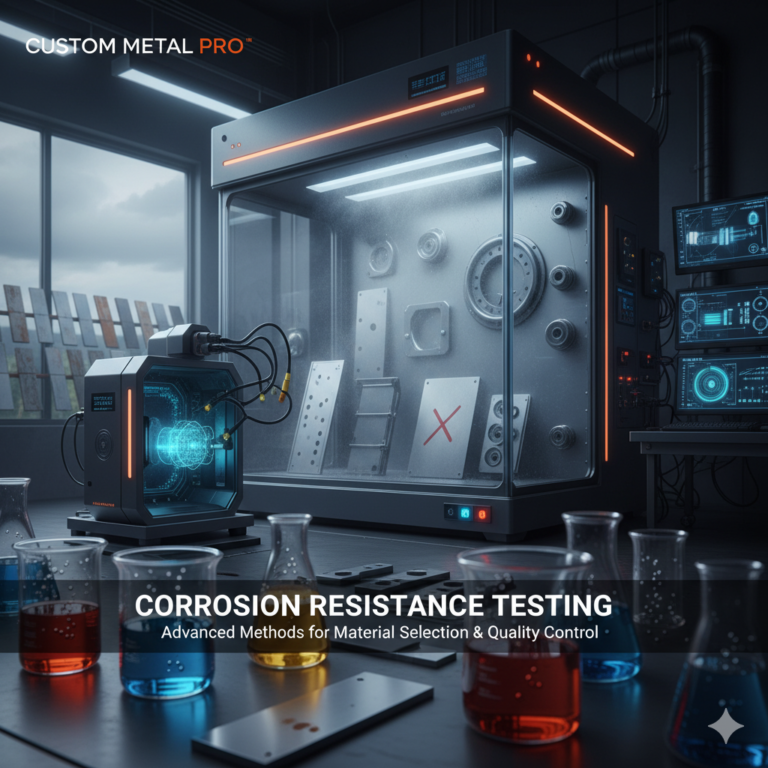Surface finishing significantly impacts the corrosion resistance1 of metal components.
By altering or coating the surface, manufacturers can greatly improve a part’s lifespan and durability—especially in harsh, humid, or chemically aggressive environments.

Why Is Corrosion Protection Essential in Metal Parts?
Without proper finishing, most metals will corrode when exposed to moisture, salt, air, or industrial chemicals.
This leads to structural failure, aesthetic degradation, and increased maintenance costs—especially in critical sectors like aerospace, marine, and medical.
A simple surface finish could be the difference between a part that lasts 3 months or 3 years.
How Does Surface Finishing Improve Corrosion Resistance?
Surface finishing acts as a protective barrier, either by blocking corrosive agents or neutralizing their effects.
There are three main protective mechanisms:
- Barrier Protection — Coatings like powder paint or epoxy form a shield between metal and environment.
- Sacrificial Protection — Platings such as zinc corrode first to protect the base metal underneath.
- Chemical Passivation — Finishes like anodizing2 (for aluminum) or electropolishing3 (for stainless steel) enhance the natural oxide layer.

Comparison of Common Surface Finishes
| Finish Type | Base Metals | Corrosion Resistance | Typical Use Cases |
|---|---|---|---|
| Anodizing | Aluminum | ⭐⭐⭐⭐ | Aerospace, electronics |
| Zinc Plating | Steel | ⭐⭐⭐ | Automotive, fasteners |
| Electropolishing | Stainless steel | ⭐⭐⭐⭐⭐ | Medical, food processing |
| Powder Coating | Steel, aluminum | ⭐⭐⭐⭐ | Outdoor equipment, appliances |
| Chromate Conversion | Aluminum, magnesium | ⭐⭐⭐⭐ | Military, electronics |
| Nickel Plating | Steel, copper | ⭐⭐⭐ | Decorative parts, connectors |
When Should You Choose Surface Finishing for Corrosion Resistance?
If your part will be exposed to moisture, chemicals, heat, or outdoor conditions, surface finishing4 is not optional—it’s necessary.
Ask yourself:
- Will the part operate in wet or coastal environments?
- Is chemical or salt exposure likely?
- Is the appearance important long-term?
- Does your application involve hygiene (e.g., medical or food equipment)?
If you answered yes to any of these, a corrosion-resistant finish is a must.
🔍 Quick Tip
Many assume stainless steel doesn’t need finishing—but in salt-spray environments, untreated stainless can still pit or rust.
👉 Electropolishing or passivation is often a smart choice.

Tips for Maximizing Corrosion Resistance
- Combine processes: For example, zinc plating5 + powder coating offers double protection.
- Avoid sharp edges: Coatings often thin out around edges—design them rounded for better coverage.
- Choose compatible base metals: Stainless steel may not need as much treatment as mild steel.

Why Customers Trust Us for Finishing Advice
- 15+ years of experience with corrosion-critical parts
- Real-world feedback from 300+ OEM customers
- On-site surface treatment partners + lab testing support
We don’t just give you options—we match the finish to your product’s environment, budget, and compliance needs.
📩 Looking for the Right Surface Finish to Stop Corrosion?
Not sure which surface finish will protect your part in real-world conditions?
We’ll analyze your material, environment, and design—then recommend the finish that fits both performance and budget.
👉 Submit your drawing or 3D model, and receive:
- ✅ Free DFM report (within 24 hours)
- ✅ Custom finish recommendations for your use case
- ✅ Cost & lead time breakdown for each finish option
🔗 Click here to get expert corrosion-resistance advice →
-
Understanding corrosion resistance is crucial for selecting the right materials and finishes for durability. ↩
-
Find out how anodizing works and why it’s a popular choice for protecting aluminum components. ↩
-
Discover the advantages of electropolishing and how it enhances the performance of stainless steel. ↩
-
Explore how surface finishing techniques can enhance the lifespan of metal components in various environments. ↩
-
Understand the process of zinc plating and its effectiveness in preventing corrosion in steel. ↩


